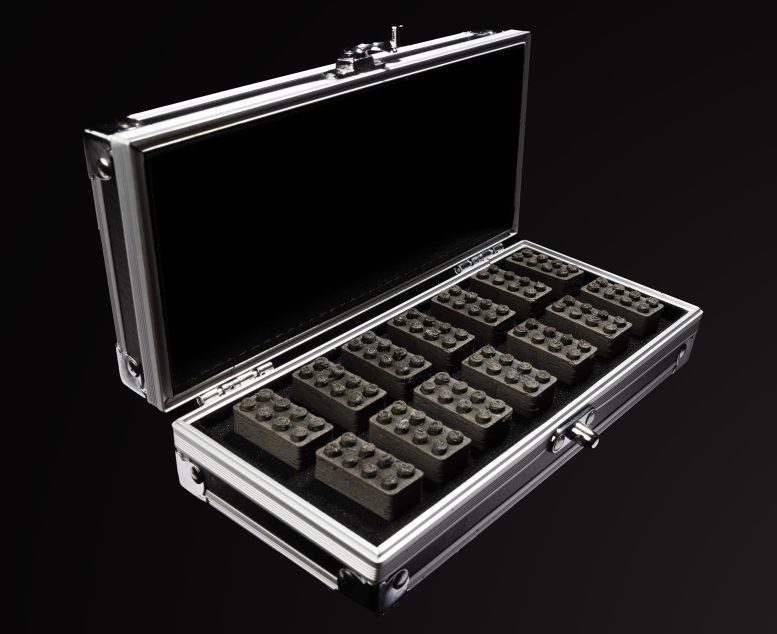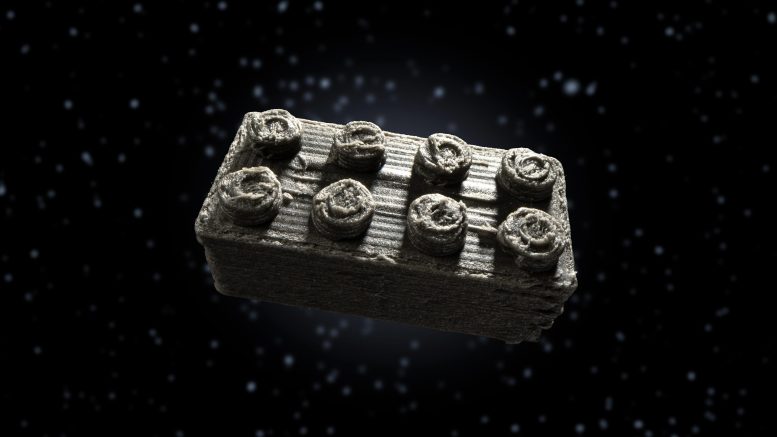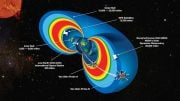ESA developed LEGO-style space bricks using meteorite dust to simulate lunar regolith, enabling the testing of construction techniques for potential Moon bases.
European Space Agency (ESA) scientists have been exploring how a future Moon base might be built from materials on the lunar surface. Inspired by LEGO building, they have used dust from a meteorite to 3D-print ‘space bricks’ to test the idea. ESA’s space bricks are on display in selected LEGO Stores from June 20 to September 20, helping to inspire the next generation of space engineers.
Innovative Building Materials for Lunar Colonization
The basic idea is quite simple. Rather than transporting building materials all the way to the Moon, we could use what is already there to construct a Moon base. The surface of the Moon is covered with a layer of rock and mineral fragments known as lunar regolith. This material could be used to make bricks on the Moon. The only problem was that there’s not much lunar regolith available on Earth to experiment with.

Inspired by LEGO, ESA scientists have used dust from a meteorite to 3D-print LEGO-style ‘space bricks’ to test out construction ideas for a future Moon base. Credit: The LEGO Group
ESA’s Creative Solution With Meteorite Dust
Undeterred, ESA scientists devised a solution: they made their own version of lunar regolith by grinding up a 4.5-billion-year-old meteorite. The dust from the meteorite formed the basis of a mixture that was then used to 3D print some LEGO-style space bricks.
ESA’s space bricks click together in the same way as regular LEGO bricks but are a bit rougher – and only come in one color – a stylish space grey! The space bricks gave ESA’s space engineers the flexibility to build and test a variety of structures using this new material.
Inspired by LEGO, ESA scientists have used dust from a meteorite to 3D-print LEGO-style ‘space bricks’ to test out construction ideas for a future Moon base. ESA’s space bricks are on display in selected LEGO Stores from June 20 to September 20, helping to inspire the next generation of space engineers. Credit: The Lego Group
The Educational and Inspirational Impact of Space Bricks
Scientists can learn through play, just like children. The beauty of a flexible, modular building material like LEGO is that it fosters creativity, allowing you to try out ideas quickly and simply. ESA Science Officer Aidan Cowley said, “Nobody has built a structure on the Moon, so it was great to have the flexibility to try out all kinds of designs and building techniques with our space bricks. It was both fun and useful in scientifically understanding the boundaries of these techniques.”
Some of the ESA space bricks are going on display at selected LEGO Stores, to inspire children about space and to encourage them to build their own LEGO Moon bases. For some of these children, it might be the start of an imaginative journey that leads them to become space engineers one day.
Promoting Space Science Through Play
Emmet Fletcher, Head of ESA’s Branding and Partnerships Office, said, “It’s no secret that real-world scientists and engineers sometimes try out ideas with LEGO bricks. ESA’s space bricks are a great way to inspire young people and show them how play and the power of the imagination have an important role in space science, too.”
To find out more about ESA’s space bricks and the LEGO Stores where you can see them, visit the LEGO website.










Be the first to comment on "ESA’s LEGO Space Bricks: From Meteorites to Moon Bases"